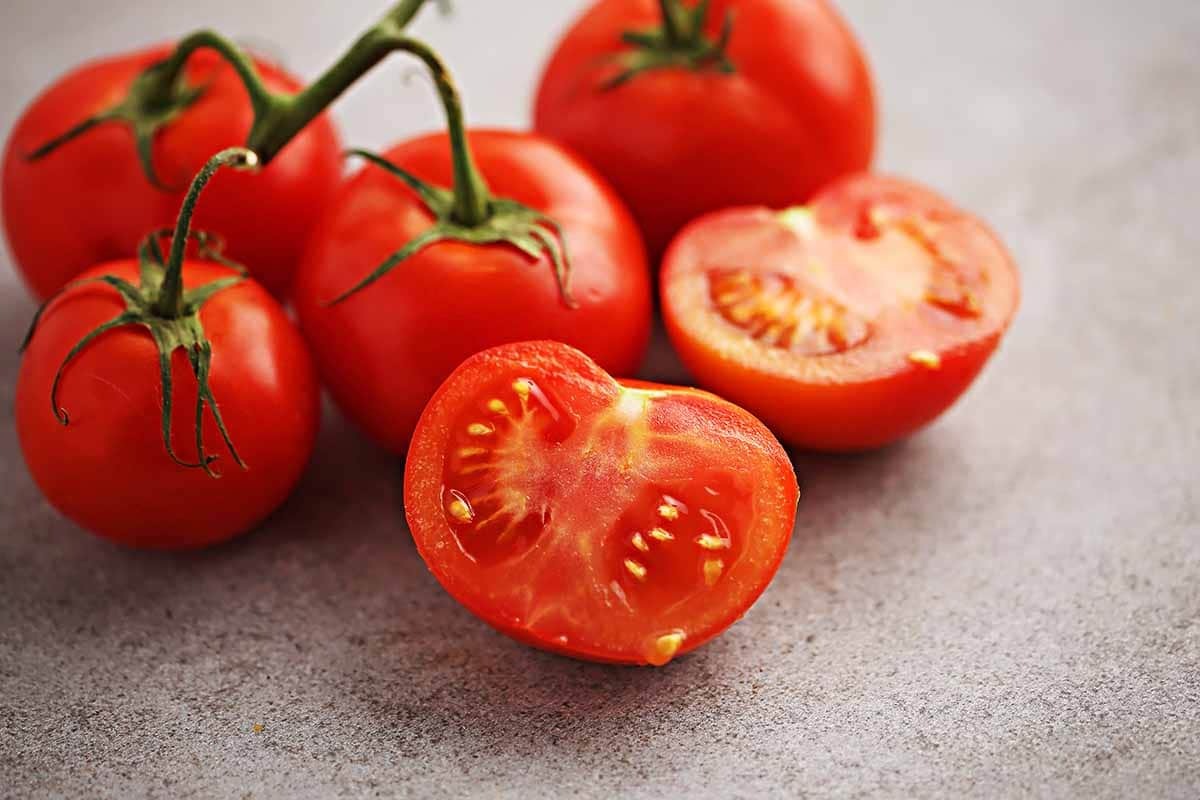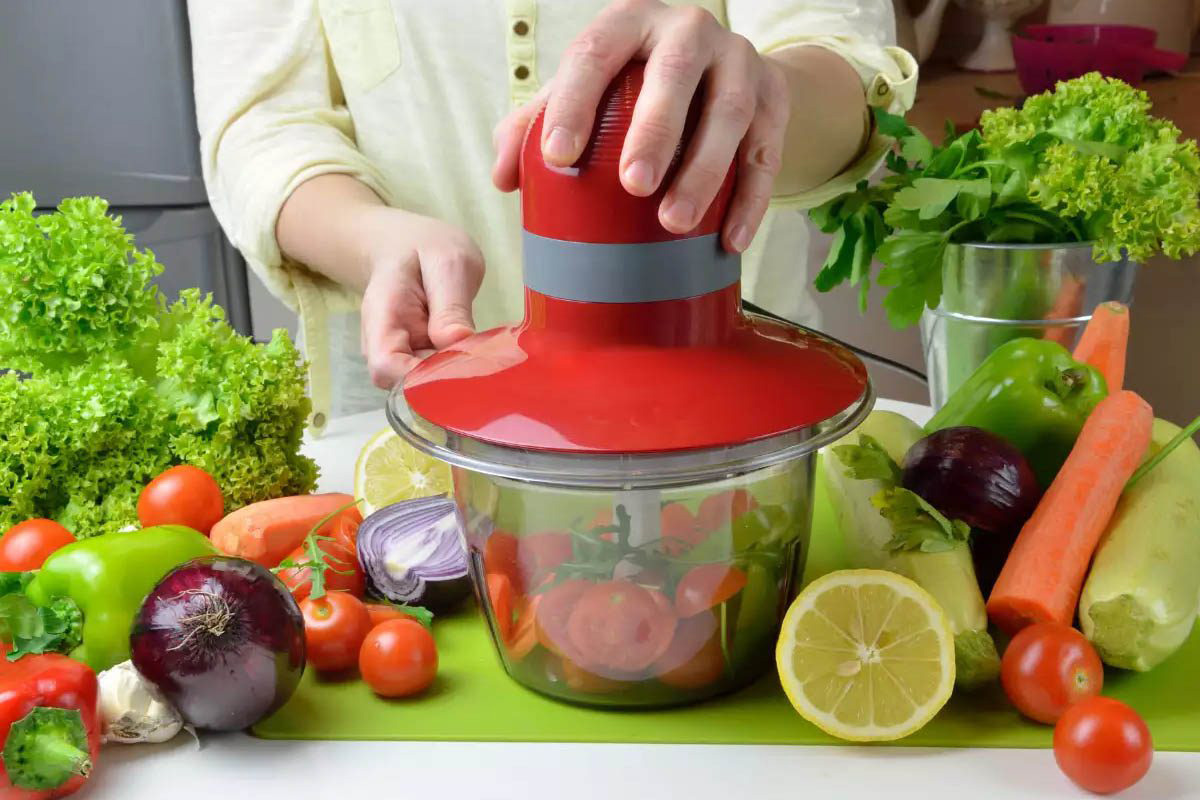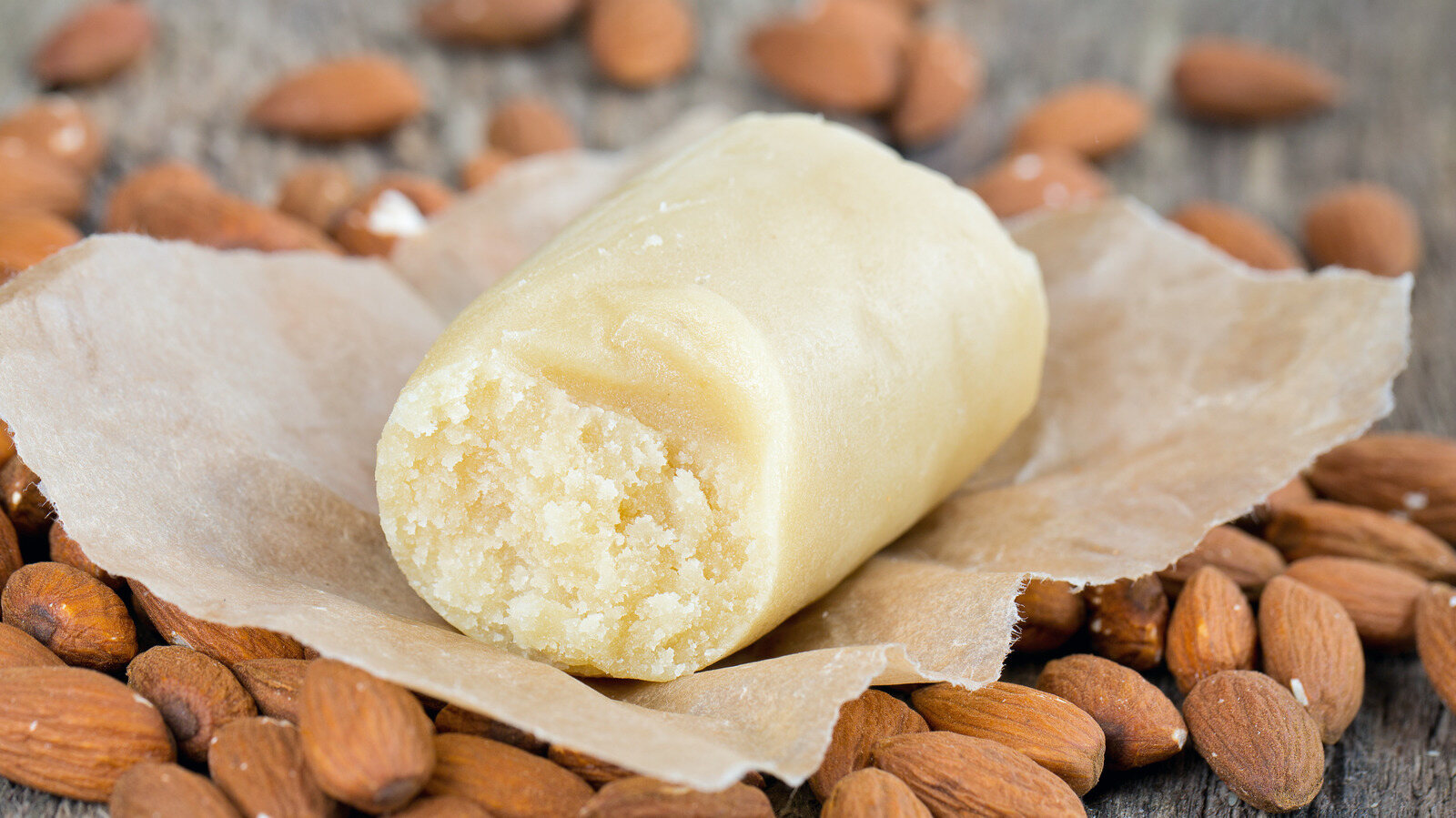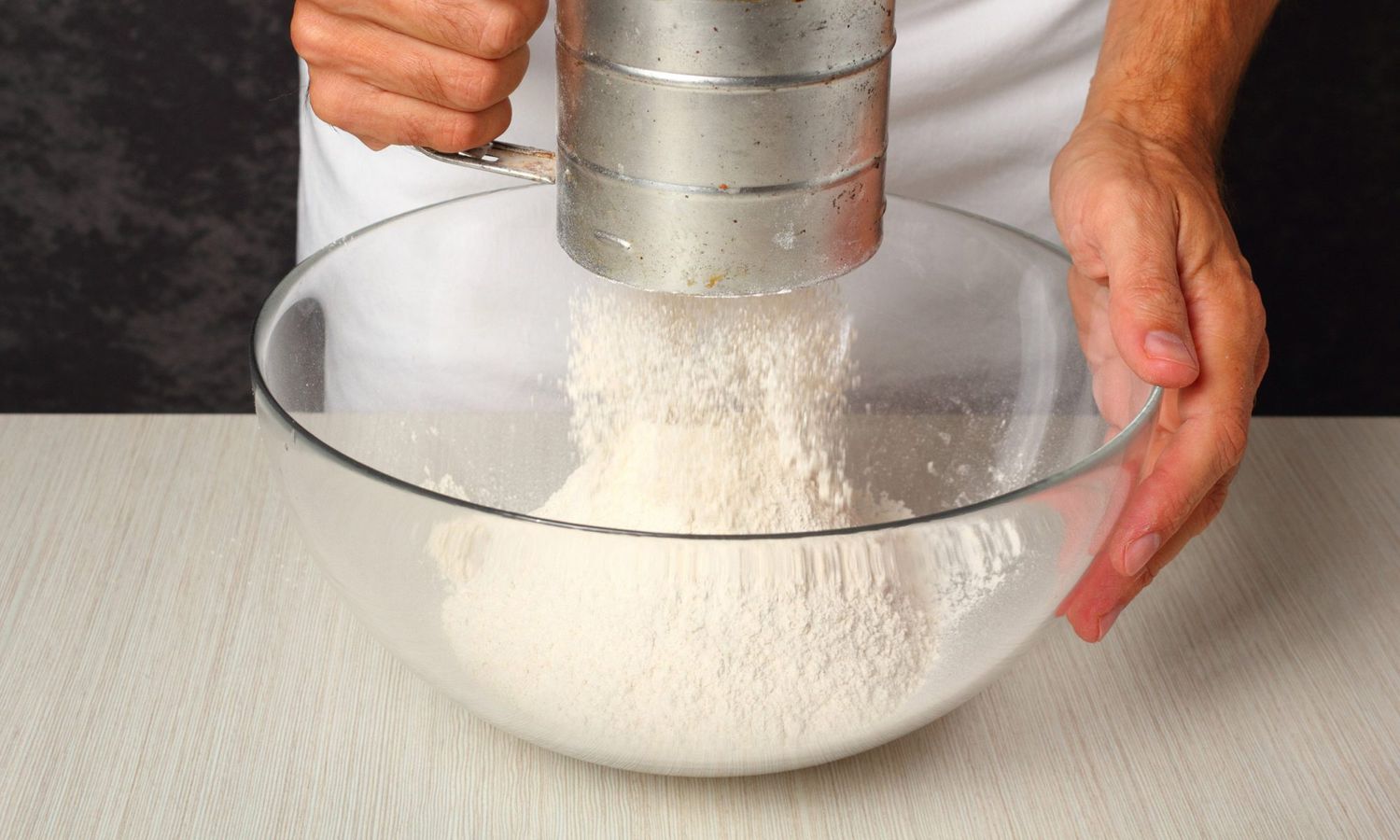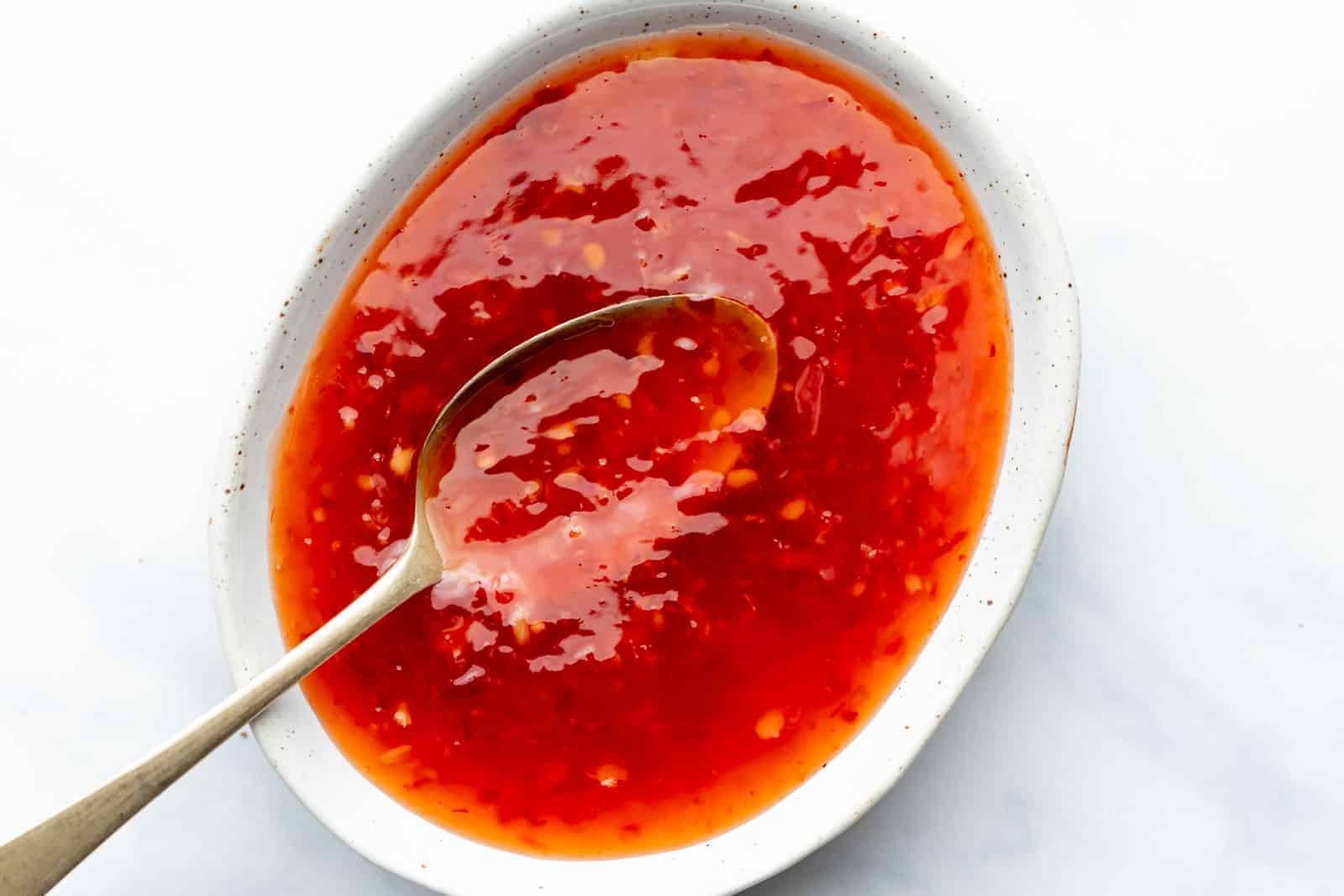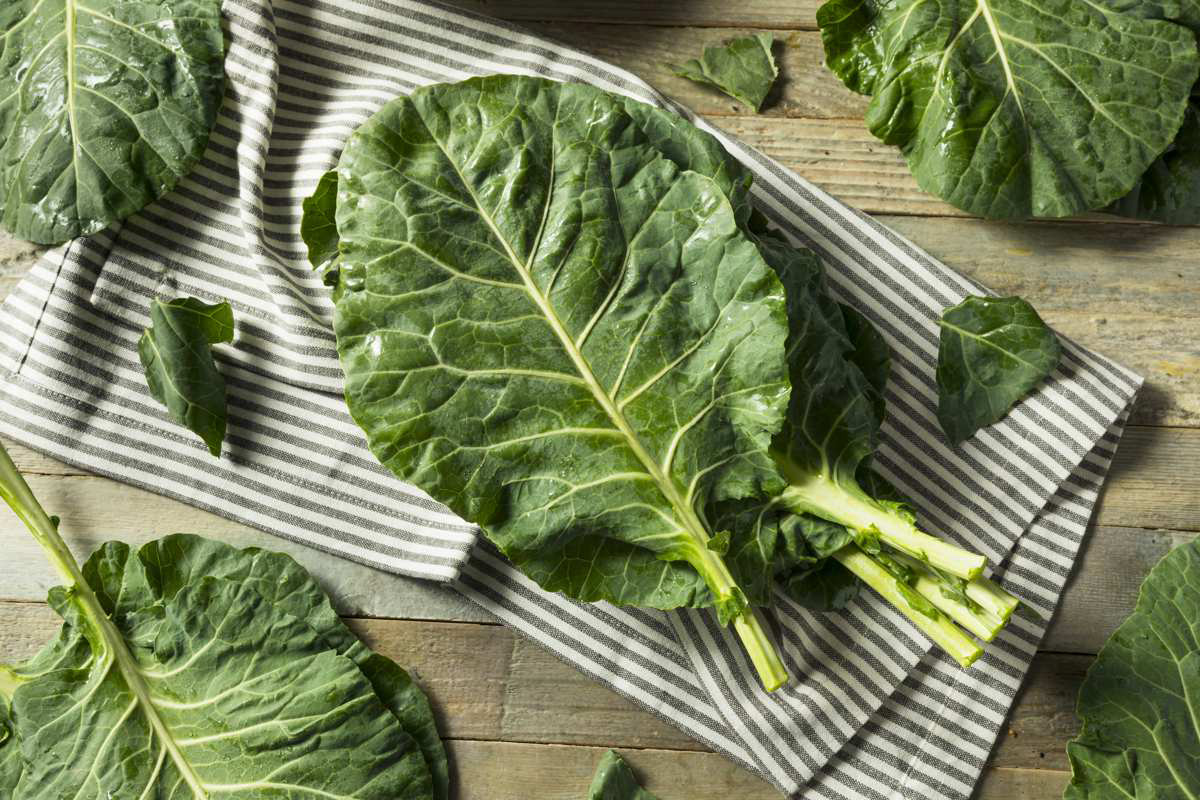Understanding Concassé: A Culinary Technique Explained
Have you ever come across the term “concassé” while browsing through a recipe or watching a cooking show and wondered what it actually means? In the world of culinary arts, concassé is a technique that is widely used to prepare and enhance the flavor of various dishes. Let’s delve into the details of what concassé is and how it is used in cooking.
What Is Concassé?
Concassé is a French term that translates to “to crush” or “to grind.” In the culinary context, it refers to a cooking technique that involves peeling, deseeding, and roughly chopping tomatoes. The resulting mixture is often used as a base for sauces, soups, and other dishes. The process of concassé helps to intensify the flavor of the tomatoes and adds a delightful texture to the final dish.
How to Make Concassé
Making concassé is a relatively simple process that can be done with just a few basic kitchen tools. Here’s a step-by-step guide to creating concassé:
- Prepare the Tomatoes: Start by scoring the bottom of each tomato with a small “X” using a sharp knife. This will make it easier to peel the skin off later.
- Blanch the Tomatoes: Place the scored tomatoes in a pot of boiling water for about 30 seconds, then transfer them to a bowl of ice water. This will help loosen the skin, making it easier to peel.
- Peel and Deseed: Once the tomatoes have cooled, remove the skin and cut them in half. Gently squeeze out the seeds and excess liquid, then discard them.
- Roughly Chop: Chop the deseeded tomatoes into small, uniform pieces. Be sure to collect any remaining juices from the cutting board, as they are full of flavor.
Once you have completed these steps, you will have a bowl of freshly made concassé that is ready to be used in your favorite recipes.
Uses of Concassé
Concassé can be used in a variety of dishes to add a burst of fresh tomato flavor. Some common uses of concassé include:
- As a base for pasta sauces
- In soups and stews
- As a topping for bruschetta or crostini
- Mixed into rice or grain-based dishes
Its versatility makes concassé a valuable addition to any cook’s repertoire, allowing for the creation of vibrant and flavorful dishes.
Benefits of Using Concassé
There are several benefits to using concassé in cooking:
- Enhanced Flavor: The process of concassé intensifies the natural sweetness and acidity of the tomatoes, resulting in a more robust flavor profile.
- Textural Appeal: The combination of chopped tomatoes and their juices adds a delightful texture to dishes, enhancing the overall eating experience.
- Freshness: Using freshly made concassé allows for the incorporation of the purest form of tomato flavor into dishes, elevating their taste and aroma.
Whether you are a seasoned chef or an amateur cook, incorporating concassé into your culinary creations can elevate the overall quality of your dishes.
In Conclusion
Concassé is a simple yet impactful technique that can transform the flavor and texture of various dishes. By mastering the art of concassé, you can unlock a world of culinary possibilities and create dishes that are bursting with fresh, vibrant flavors. So, the next time you come across a recipe that calls for concassé, you’ll know exactly how to prepare this essential ingredient and take your cooking to the next level.
Happy cooking!
Was this page helpful?
Read Next: What Is The Origin Of Challah Bread?
